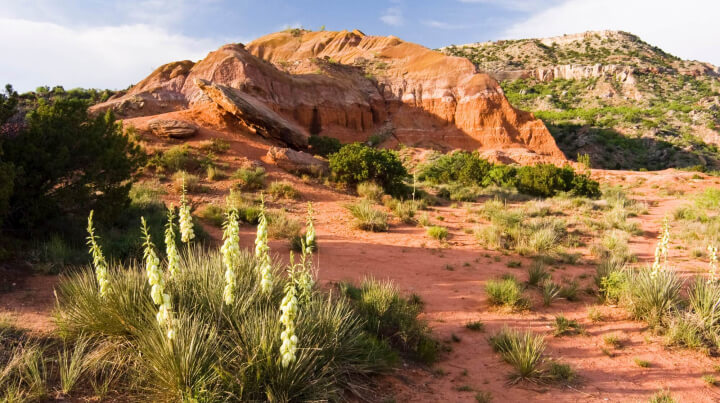Texas A&M Forest Service Nature Challenge


Wing to Wing
Using measuring tools like a ruler or tape measure, measure your wingspan! How do you compare to the different native Texas birds listed below? Can you find something in nature (a stick, a branch, a leaf) that’s about the same length as your wingspan? What is your favorite bird's wingspan? Why might a bird need a big wingspan? Why might it need a small one?
Science Seed:Wingspan is the distance from fingertip to fingertip with your arms stretched out—same for birds! To find yours, stretch your arms in a T and measure across. Then compare: Whooping crane (7.5 ft), bald eagle (7 ft), great blue heron (6.5 ft), turkey vulture (6 ft), red-tailed hawk (4.5 ft), and the wandering albatross—the biggest at 12 ft! Big wingspans help birds glide long distances and save energy. Shorter wingspans help forest birds turn fast and catch food between trees.
Access in 8 languages: https://ecologistschool.org/park/tsbvi/ornithology/wing-to-wing/
Buy real badges: https://familiesinnature.org/shop/#!form/Shopping
Details

|
|
|
|

This Challenge is for:
- All Ages
- Formal Educators
- Informal Educators
Challenge Topics:
- Animals and Wildfire
- At Home
- Connecting Children with Nature
- Conservation/Environmental Education
- Online or Virtual
- Outdoor Recreation
- School Campus
This Challenge is accessible for:
- People with Visual Impairments
- People with Hearing Impairments
- People with Developmental Impairments
- People with Sensory Sensitivities
- People who speak Arabic
- People who speak Chinese (including Mandarin and Cantonese)
- People who speak French (including Cajun and Patois)
- People who speak German
- People who speak Hindi
- People who speak Spanish
- People who speak Vietnamese
Assistive Technologies Available:
- Accessibility features are available at link above
Don’t forget your...
- Ruler
- Tape measure
To complete this challenge
Step one
1. Find a Measuring Tool

Gather a ruler or tape measure to measure your wingspan.
Step two
2. Stretch Your Arms

Stand with your arms extended out to the sides in the shape of a “T”. Make sure your fingers are fully extended.
Step three
3. Measure Your Wingspan

Using the ruler or tape measure, measure the distance from the tip of one finger, across your body, to the tip of the other finger. This is your wingspan!
Step four
4. Compare Your Wingspan to Texas Birds

Research and compare your wingspan to the wingspans of different native Texas birds: Whooping Crane: 7.5 ft (2.3 m) Bald Eagle: 7 ft (2.1 m) Great Blue Heron: 6.5 ft (2 m) Turkey Vulture: 6 ft (1.8 m) Red-tailed Hawk: 4.5 ft (1.4 m) Wandering Albatross: up to 12 ft (3.6 m)
Step five
5. Find Your Wingspan in Nature

Go outside and find a natural object (like a stick, branch, or leaf) that’s about the same length as your wingspan.
Step six
6. Reflect on Bird Adaptations

Think about why birds might need large wingspans. What about birds with smaller wingspans? Consider how these wings help them survive in their habitats.
Step seven
7. Choose Your Favorite Bird & Compare

Pick your favorite bird and research its wingspan. Does it have a large or small wingspan? Why might this be helpful for its lifestyle? How does your wingspan compare to your favorite bird’s wingspan? Is it larger or smaller?
Step eight
8. Earn Your Badge

After completing your wingspan activity and reflecting on your findings, share your results and earn your badge for exploring the science behind bird adaptations!
Step nine
Earn your badge!

Gallery
There aren't any images in the gallery.
Texas A&M Forest Service and cooperators collectively known as “Nature Challenge” have not inspected the physical locations of challenges. No warranty of safecondition, or fitness for particular use is granted by Nature Challenge. Nature Challenge has not vetted whether the challenges, as formatted by the Provider, is safe. Anyone performing this challenge will be doing so at their own risk.








